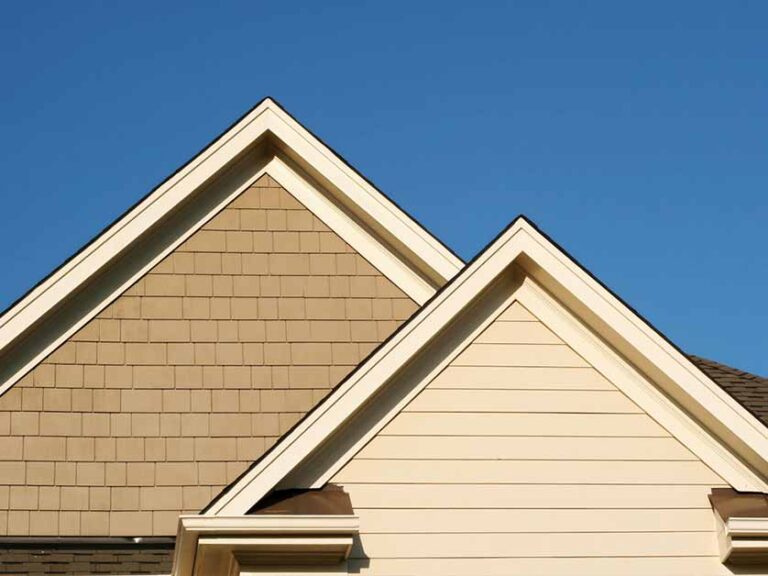Does your residential roofing system have a curvy or wavy appearance? It might be sagging. This is a common issue in homes with roofs that haven’t been replaced in a long time. Although a little sagging doesn’t mean that a collapse is imminent, you still need to call a roofing professional.

It helps to understand what causes a roof to sag. [company_name] discusses some of the most common reasons here.
Water Damage
If your roof is poorly maintained, rain can easily damage it. Keep in mind that your roofing materials should be in good condition to allow water to run off. If there’s damage to any part of the roof’s surface and you fail to address it, water can penetrate and eventually weaken the underlying structure. Additionally, poor attic ventilation can also make the damage worse. Without the benefit of continuous airflow in and out of the attic, moisture can accumulate on the underside of the roof, which makes it easier for water to infiltrate the roof’s surface.
Undersized Materials
Installing a new roof is a complicated process. As such, it’s best to leave roof replacement to a qualified roofer. If you hire an inexperienced contractor or choose to do it yourself, that may lead to faulty installation, which can cause your roof to slump. One common installation issue is using undersized materials. For instance, you might use 2 x 4 rafters instead of 2 x 6, which can increase the likelihood of sagging. It’s also likely to happen if there is insufficient bracing as this can leave the walls susceptible to damage.
Wind Load
As a homeowner, you should keep an eye out for high winds. Strong winds put additional load on your roof, causing it to sag. Lateral load, for instance, pertains to the pressure that may cause the roofing system to move off its structure. Shear load, meanwhile, is a horizontal wind load force exerted on the roof that, if powerful enough, can cause the whole thing to tilt.
What to Do About a Sagging Roof
A comprehensive assessment of the roof structure is required to determine the most appropriate solution. A complete roof replacement, however, would be the most sensible option, as this can sort out the problems causing the sagging. With a new roof installed, you can rest assured knowing it can stand strong against inclement weather while keeping your home safe and dry.
Whether you have a residential or commercial roofing system, look no further than [company_name]. Our team is committed and determined to assist you with any sagging roof problem. Give us a call at (941) 217-2411, or fill out our online contact form to get your free estimate today.



